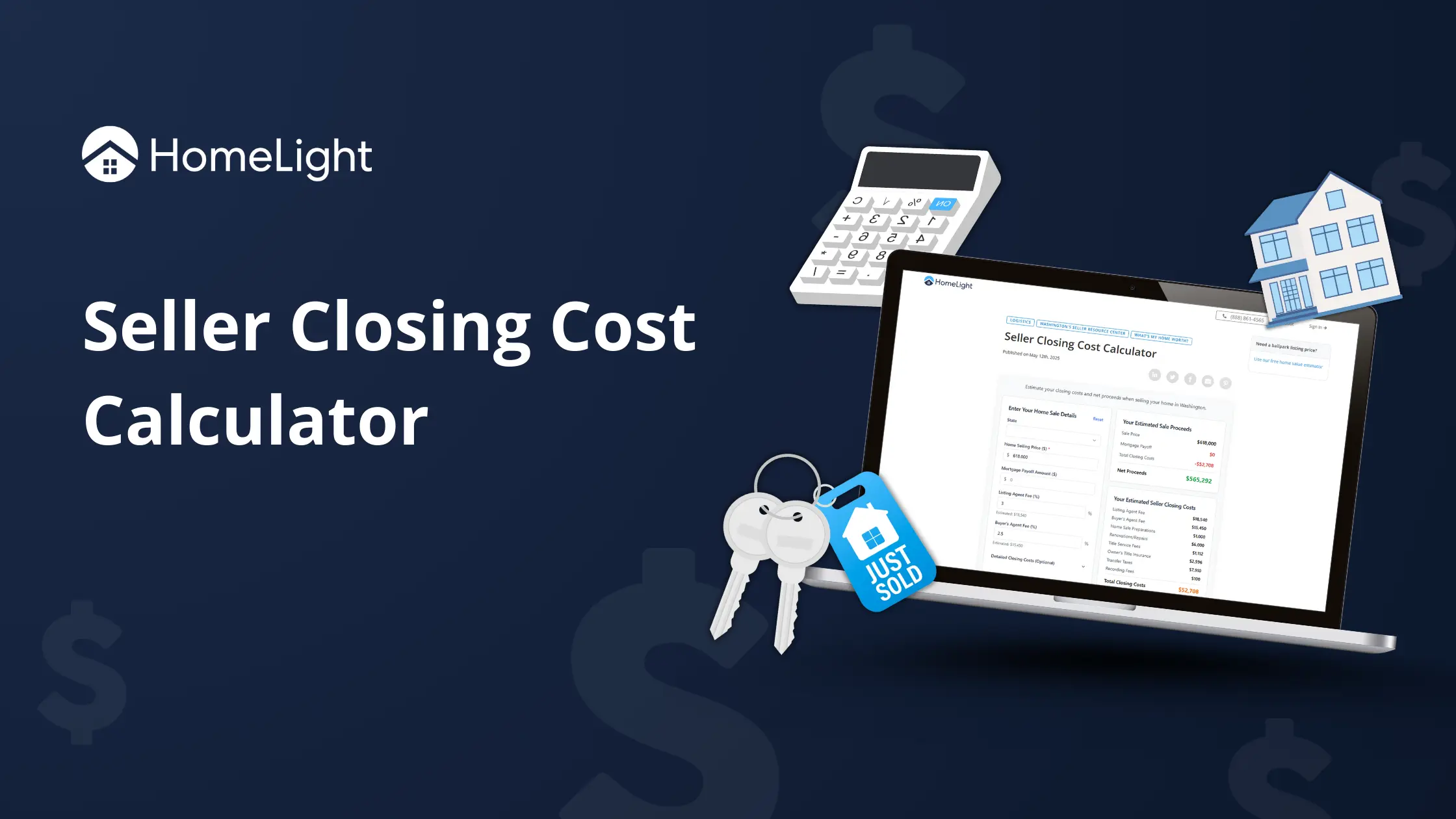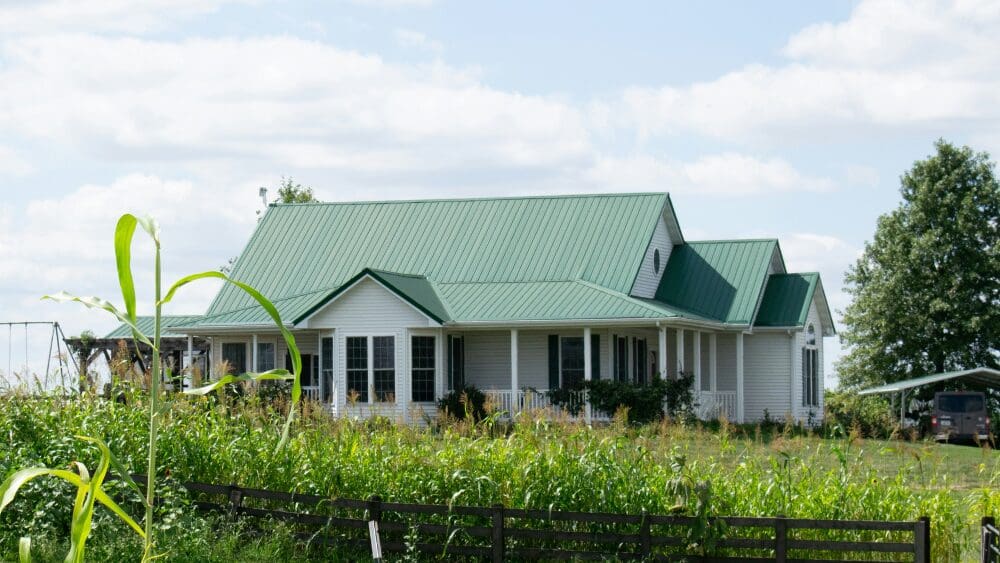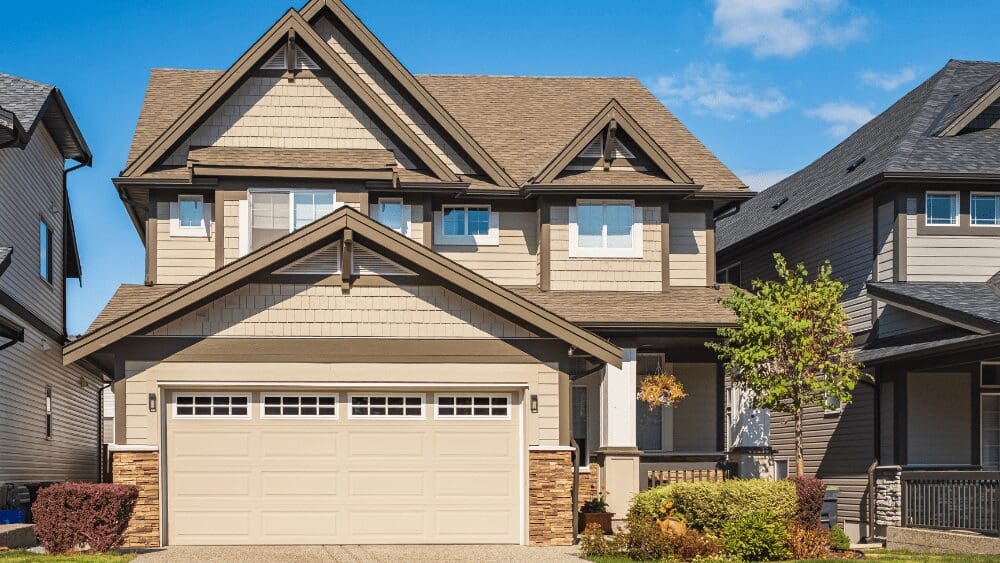
It’s estimated that more than 30 million Americans will turn 65 between now and 2030. To help ease financial burdens in retirement, many homeowners in this “silver tsunami” are turning to reverse mortgages. But how does a reverse mortgage work when you die? Whether you’re planning ahead or helping your family understand your choices, we’ll break down what your spouse, partner, or heirs can expect when it’s time to settle the loan. We’ll also provide a few tips you can share with your heirs in advance. A reverse mortgage is a type of loan that allows older homeowners to convert part of their home equity into cash without selling the property. It’s designed primarily for people aged 62 or older who want additional income during retirement. Instead of making monthly mortgage payments, the loan balance increases over time as interest accrues, and repayment typically occurs when the homeowner moves, sells the home, or passes away. Homeowners can receive reverse mortgage funds in a lump sum, monthly payments, or as a line of credit. While this option can ease financial pressures in retirement, it’s important for you and your heirs to understand the terms and impact on your estate. In the upcoming sections, we’ll address general after-death rules that apply to Home Equity Conversion Mortgages (HECMs), the most common type of reverse mortgage loan in the United States. What happens to your reverse mortgage when you die will depend on several key factors, including: Here’s how it works depending on your co-borrower status or if your spouse or partner is not on the loan. If your spouse or partner is listed as a co-borrower, they can remain in the home without needing to pay off the loan right away. The loan continues under the original terms, allowing your co-borrower to stay until they move or pass away. The co-borrower must be able to meet the obligations of the original reverse mortgage loan agreement. If your spouse or partner is not a co-borrower, they may still be able to stay in the home if they pay off the reverse mortgage loan. However, they may also be able to stay without paying off the loan, depending on when the loan was taken out and if they can qualify as an “eligible non-borrowing spouse” under HUD rules, which may be difficult. If you, the borrower, pass away or move into a healthcare facility for over 12 months, your lender or servicer will determine whether your non-borrowing spouse qualifies to stay in the home under a deferral period. To remain in the home, your spouse must meet several criteria to be considered an eligible non-borrowing spouse: If you, the borrower, pass away or move into a healthcare facility for over 12 months, your lender or servicer has two main options: proceed with foreclosure or enter the mortgage optional election (MOE) assignment process, which may allow a qualified non-borrowing spouse to stay in the home. According to the Consumer Financial Protection Bureau (CFPB), if your heirs want to keep your house after you and your spouse pass away, they will have to repay either the full loan balance or 95% of the home’s appraised value, whichever amount is less. In the next section, we’ll take a look at what each payoff option looks like.What is a reverse mortgage?
How does a reverse mortgage work when you die?
1. If you have a co-borrower spouse or partner
2. If your spouse or partner is not a co-borrower
For reverse mortgages taken out on or after August 4, 2014
For reverse mortgages taken out before August 4, 2014
3. If you have heirs



